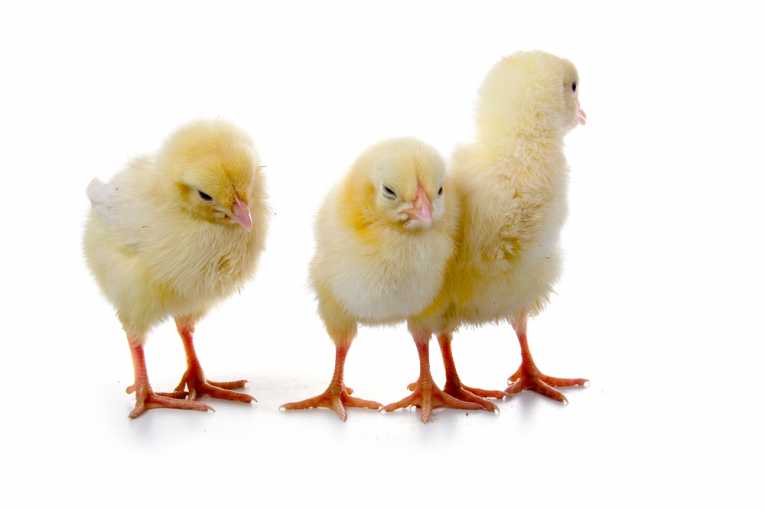In extreme conditions or even in normal situations, an animal has to get itself back into the groove quickly after any disorientation. Survival normally depends on it. Your sense of place is dependent on either panorama-matching processes or by matching the actual 3D geometry of a place. To prove which is used, Sang Ah Lee and his colleagues from Italy and the US have published their paper in the journal Biology Letters this week.
Children's sense of place is not well explained by matching geometry. Other animals could differ, so after rats and ants, young chicks (of the domestic fowl) were chosen. Preceding the chicks other researchers had use children as follows; "3 year-old children reoriented successfully in a circular arena containing either a short, white three-dimensional rectangular frame or two smooth, parallel bumps that protruded from a floor of similar brightness, despite the subtle brightness changes in images of these two arrays."
In a child friendly sort of "habitat", therefore, 6-day-old chicks were placed in a similar experimental situation. While ants and rats had been used in these experiments, it was a little unusual to be watching birds doing this in a white circular arena, with sawdust on the floor and a central lamp.
The animals in this type of research don't seem to navigate by odour, colour or pattern. Instead, shape and terrain seem to subtly influence areas of the brain (hippocampus in the rat) to search out 3D characteristics they can recognise. Three-year-old children for example found two smooth parallel bumps in the floor were easy to re-orient to.
Much more than by chance every chick searched according to the arena's geometry. In the figure, they can be noted to be randomly searching when in the 2D form and column experiment. At no time did the chicks find geometric opposites any different for their searches. The 2cm border and the curved bumps proved useful to orientation, presumably because they guided the chick to feeding containers (with mealworms inside) buried at each corner of a rectangle buried in the sawdust. A visible and vivid black rectangle or four vertical black columns proved less useful to the chick. In these cases, they just searched randomly.
Basically the vivid panorama which looks a useful guide to both children and chicks is useless. Only 3D situations seemed to influence these naive individuals. Further research will shed more light on how we manage to use our brain to store an "image" in three dimensions that can be used to navigate.










